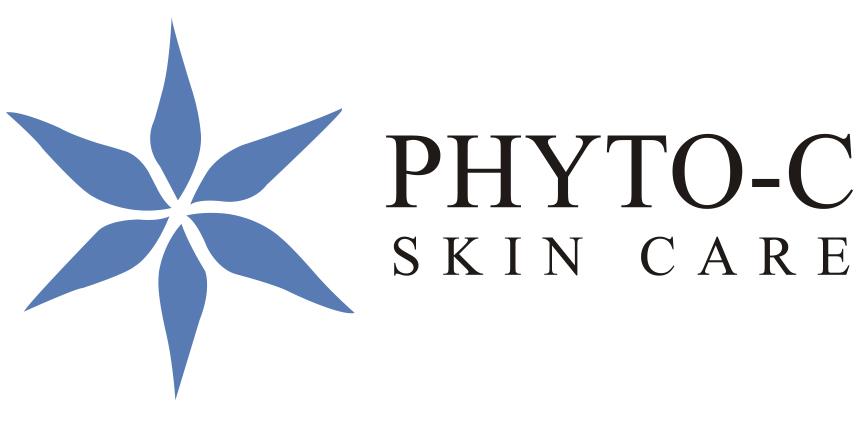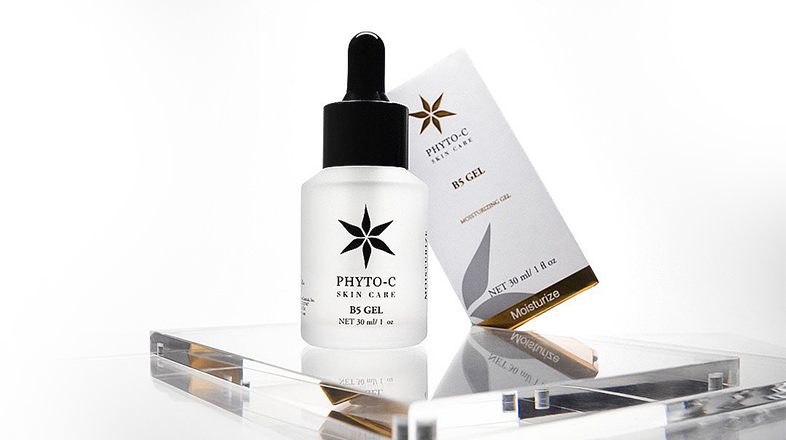Acne vulgaris is a common skin condition experienced by many people of different age groups. The skin blemishes from acne can cause insecurities or serious anxiety in those afflicted, undermining their confidence. Acne encompasses many forms that range from whiteheads and papules to painful, pus-filled cysts. It is because acne is a multifactorial skin condition that different solutions and nutrients need to be taken into consideration.
Understanding Acne
The immediate causes of acne are oil-clogged pores, excess sebum, a buildup of dead skin cells, and bacteria. Prevention is the most effective method to resolving acne-related issues, though not all acne can be avoided. Breakouts are prevalent in individuals due to hormonal imbalances and genetics. This means different treatments are necessary in alleviating symptoms.
Common Whiteheads and Blackheads
Two common forms of acne are known as whiteheads and blackheads. Neither of these blemishes are considered inflammatory which means there is rarely any redness or swelling associated with them. Both of these forms develop from an overabundance of sebum (natural skin oil) and debris such as dead skin cells.
Whiteheads
Whiteheads form when pores are plugged at the surface. A layer of skin grows over the pores and traps the material inside, forming pus. Popping these blemishes results in damaging the skin, scarring, and the possibility of spreading the oil and bacteria onto other pores.
Blackheads
Blackheads get their name from the color they retain due to exposure to air. Getting them safely extracted by a professional is possible, though not a permanent solution. Cleansing and exfoliating help prevent whiteheads and blackheads from appearing.
Inflamed Papules and Pustules
Papules are the form of acne many imagine when they think of a typical breakout: red, swollen bumps on a patch of skin. Pores expand until they rupture and spread the excess oil within to the surrounding area. The immune system responds to this with inflammation. Left unchecked, the pores fill with pus and bacteria. Papules that become infected turn into pustules. Controlling inflammation is vital for treating papules and pustules.
Nodular and Cystic Acne
Some of the more severe forms of acne include nodules and cysts. Nodules are similar to papules but reside deep within the skin. They are tender and firm to the touch with no visible head at the surface. This makes them challenging to treat, especially when they appear in patches throughout the skin.
Cystic acne resembles nodules in that they are embedded deep within the skin. These cysts are painful and soft to the touch due to pus buildup. Left untreated, nodular and cystic acne can cause more inflammation that leads to scarring. Dark spots can form even after treatment. A combination of nodules and cysts is known as nodulocystic acne.
Hormonal Acne
Hormones can trigger breakouts in some people. It is a common issue during puberty and can persist throughout adulthood. Effects include anything between mild symptoms to the formation of deep-rooted cystic acne. Preventative measures are helpful in combating blemishes and inflammation. In some cases, oral contraceptives and anti-androgen medicines have shown to be effective in mitigating hormonal acne.
Preventing Acne Breakouts
Proper skin hygiene can help control acne by removing oil and debris. Regular face washing, cleansing, exfoliating, and nutrition all play a role in preventing skin issues. Knowing your skin type can also help you identify the root cause of breakouts. For instance, using a skincare product that controls sebum production while still moisturizing the skin would work effectively for people with oily skin.
Salicylic Acid
Look for skincare products that have salicylic acid when treating acne. Salicylic acid exfoliates the skin’s surface, unclogs pores, and prevents future breakouts. Some products use benzoyl peroxide as an ingredient, but salicylic acid is less irritating and drying. Skin that is excessively dry will prompt the body to produce more oil that can clog pores further.
Kojic Acid
Kojic acid is a natural skin lightening agent produced by certain species of fungi. This helps to correct uneven skin tone, dark spots, and scarring prevalent in many acne cases. Kojic acid has antimicrobial properties that fight off common strains of bacteria that cause infections within the skin.
Lactic and Glycolic Acids
Both lactic acid and glycolic acid are AHA’s (alpha hydroxy acids) that control buildups of sebum from the skin. A 2020 study shows how AHA’s and salicylic acid improve acne conditions and skin texture when combined.
Glycolic acid is great for oily, acne-prone skin and can penetrate deeply to unclog pores due to its small molecular size. Lactic acid is a gentler exfoliator due to its large molecular size and ensures that it does not penetrate too far into the skin. Lactic acid helps promote smooth, hydrated skin through its natural humectant properties.
Vitamin C and Other Antioxidants
Vitamin C is a potent antioxidant helpful in reducing acne-induced inflammation and accelerating wound healing. Applying a vitamin C serum to acne scars helps by increasing collagen production in the skin for added structure and growth. This is particularly useful against damaging cystic and nodular acne.
Vitamin D deficiency is linked to disrupted sleep patterns, exhaustion, and severe acne. This can be remedied by moderate exposure to sunlight (facilitates vitamin D production in the body) or by taking vitamin supplements. Zinc reduces the secretion of sebum and incidences of acne breakouts. When used in conjunction with vitamin A, Zinc increases the repairing of scarred skin tissue. Women who are pregnant should consult their physicians before using vitamin A as a supplement.
Correct, Prevent, and Rejuvenate Your Skin with Phyto-C
Acne vulgaris has many disturbing forms that can cripple our self-confidence and can persist as scars or dark spots. Proper care and nourishment of the skin is vital to preventing any long-lasting inflammatory damage. Find out which type of acne afflicts you and take control of it today.
Phyto-C will help you resolve your skin problems and is committed to providing safe, natural, and clinically tested products. Email us at info@phyto-c.com or call us at 1-877-4PHYTOC where one of our skin experts will be more than happy to help!
References
Gupta Mrinal, et al. “Zinc Therapy in Dermatology: A Review.” Dermatol Res Pract. v. 2014, Jul 2014.
Whitney Kristen M, Ditre Cherie M. “Management strategies for acne vulgaris.” Clin Cosmet Investig Dermatol. 4, Apr 2011, pp. 41-53.
Zander E, Weisman S. “Treatment of acne vulgaris with salicylic acid pads.” Clin Ther. 14(2), Mar-Apr 1992, pp. 247-53.
Seul-ki Lim, et al. “Comparison of Vitamin D Levels in Patients with and without Acne: A Case-Control Study Combined with a Randomized Controlled Trial.” PLoS One. 11(8), Aug 2016.
Abels, Christoph MD, PhD, et al. “A 10% glycolic acid containing oil-in-water emulsion improves mild acne: a randomized double-blind placebo-controlled trial.” Journal of Cosmetic Dermatology. 10(3), Sept 2011, pp. 202-209.
Saxena V, Yadav K. “Glycolic Acid, Lactic Acid, Mandelic Acid, Salicylic Acid, Citric Acid, Gluconolactone: Skin Exfoliators in Combination Therapy of Acne Vulgaris.” International Journal of Research in Engineering, Science and Management. 3, 10, Oct 2020, pp. 54-55.




 Next Post
Next Post